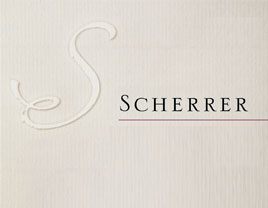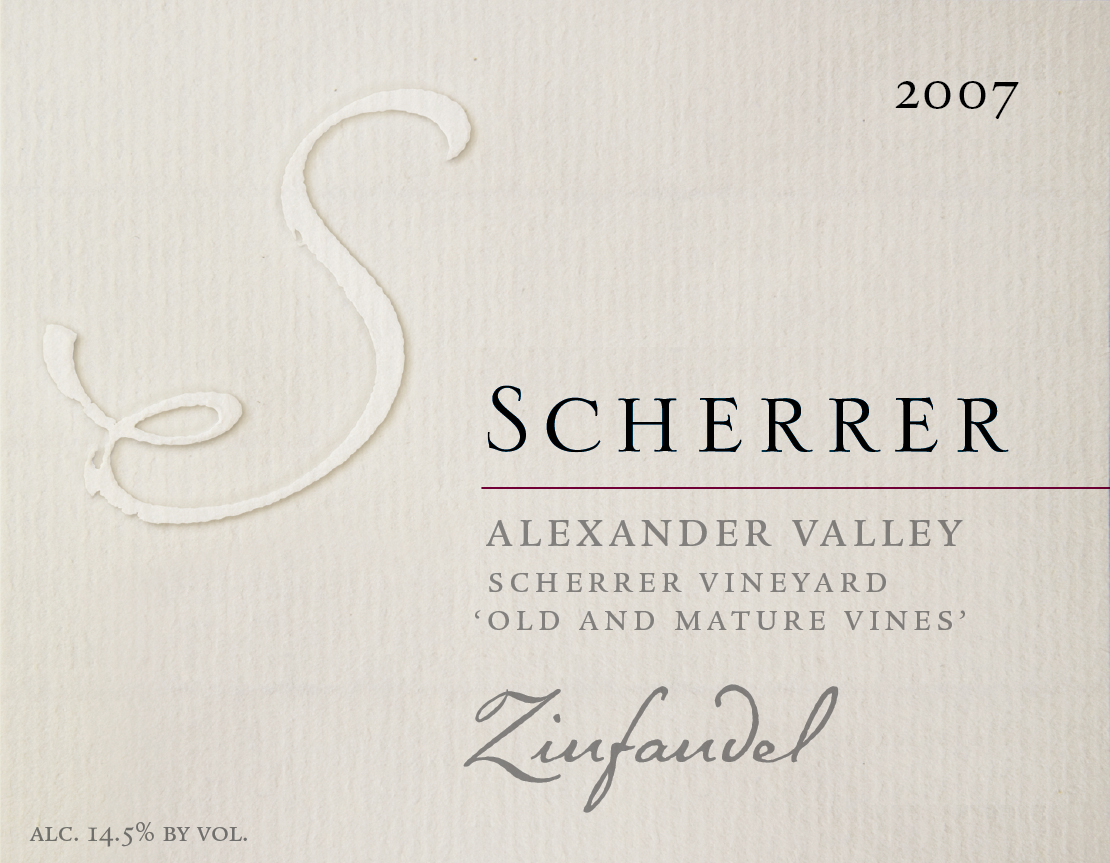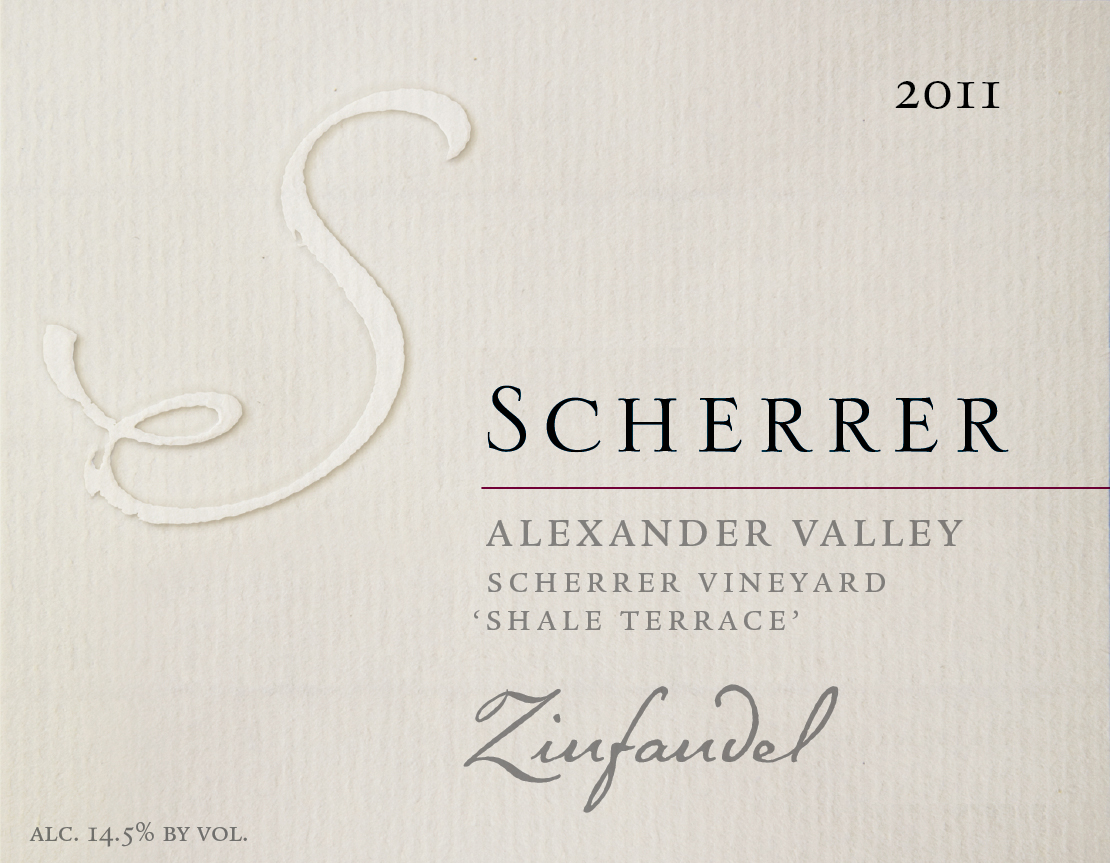Winemaker's Notes
July 1993 Pre-release: In 1992 we made as similar amount of Zinfandel from the same block of old vineyard planted by my Grandfather in the 1910s. It appears that many winemaking techniques used for Pinot Noir and Rhône wines are appropriate for Zinfandel. For example, we increased the proportion of whole, uncrushed clusters (stems & all) from 5% in the 1991 fermentation, to 10% in 1992. This makes the 1992 Zin a little more spicy than the 1991, yet still has those delicious creamy berry flavors in the mouth which seem to be typical for this vineyard. Imagine a Châteauneuf-du-Pape with a sweet berry structure. It’s quite exciting for us to try different techniques with this wonderful vineyard’s grapes. Years from now, we will all be pulling corks on these first vintages comparing notes as to how they develop. Like the 1991, no filtration is planned for this wine as we prefer to keep all the wine in the wine.
March 1994 Release: The ’92 Zinfandel was bottled December 9th, without filtration. It seemed to go through a less severe “bottle sickness” phase than the 1991 vintage. (Bottle sickness is a period lasting for a month or two following bottling, when the fruit can seem quite muted and the balance & finish of a wine seems “off”). By Valentine’s day, the 1992 Zin was mighty tasty, masquerading somewhat as a Chambolle-Musigny (yes, I was just at a tasting of about 50 Burgundies in San Francisco earlier that day). Last week, Judi and I brought a bottle to a friend’s house about two and a half hours’ drive away. The wine tasted great with barbecued mackerel, and salmon smothered in a mango-cilantro salsa. I generally do not advocate immediate drinking upon receipt, but our experience with this wine’s travelling ability leads me to believe that if you were to immediately rip into the box on your front porch upon arrival, pulling the cork on the first bottle your hands meet, finally inverting the bottle directly into your mouth–bypassing the wine glass –it would not be a crime (except maybe in Utah). According to Don Vick, of Santa Cruz, this is known as the “nepenthean” method of decanting. Although it tastes great right now, I would expect this wine to continue to improve during its first year in bottle as it becomes accustomed to its new life in glass. (By the way, a bottle half-consumed tastes great the following day.)





Judi Scherrer –
The Wine Advocate – June 1994
90 points. Robert Parker